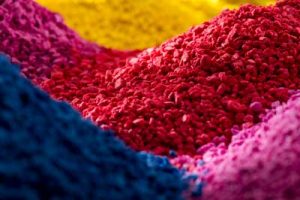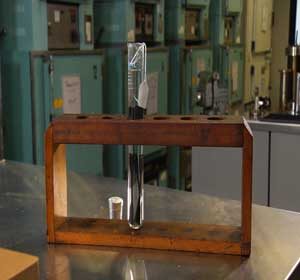Article re-posted with permission from Parker Hannifin Sealing & Shielding Team.
Original content can be found on Parker’s Website and was written by Fred Fisher, Technical Sales Manager for Parker O-Ring & Engineered Seals Division.
ASTM Elastomer Compounds

Specifying a compound using the ASTM callout is a good start - it clearly defines what is wanted and it sets a minimum benchmark, which makes it easy for competitive vendors to understand what the need is. The ASTM standards also set specific test parameters which makes it much more simple to do an "apples to apples" comparison between two compounds. However, over time, here is what customers have learned:
Know Your Operating Requirements
1. The ASTM standards are very general; so when a customer defines a specific FKM they need using an ASTM callout, they might receive a compliant material that just barely meets the ASTM specifications, but did not meet the actual operating requirements. Because of that, a supplier may provide a customer with the lowest cost material. Let's say the quality of the material is on the lower-end, but it meets the ASTM criteria requested. Because of that, the customer could see a 15% increase in assemblies requiring rework, plus a rising number of warranty claims due to seal failures. The twenty cents per seal that the customer saved for their $50 application would be offset by the cost of the increased product failures. And ultimately, this would result in an unhappy customer.
Know the Fluids Your Seals Will be Exposed to

Know What Your ASTM is Calling Out
3. Most engineers or folks in purchasing who review or utilize older drawings have no idea why the original engineer chose the specific compound or why they used an ASTM callout.
So what is the best way to define and specify an elastomer? Most companies go through a technical process to specify, test. and confirm that an elastomer is the correct choice for their application. All elastomers tested and approved for the application should be clearly listed on the drawing. In addition, the drawing should clearly state that the approved materials listed were tested to confirm their suitability for the application. All substitutes or new elastomers must be tested and approved by engineering prior to use.
Gallagher Fluid Seals is an authorized distributor for Parker. For more information about their products, including o-rings or their various compounds, contact Gallagher Fluid Seals today.
